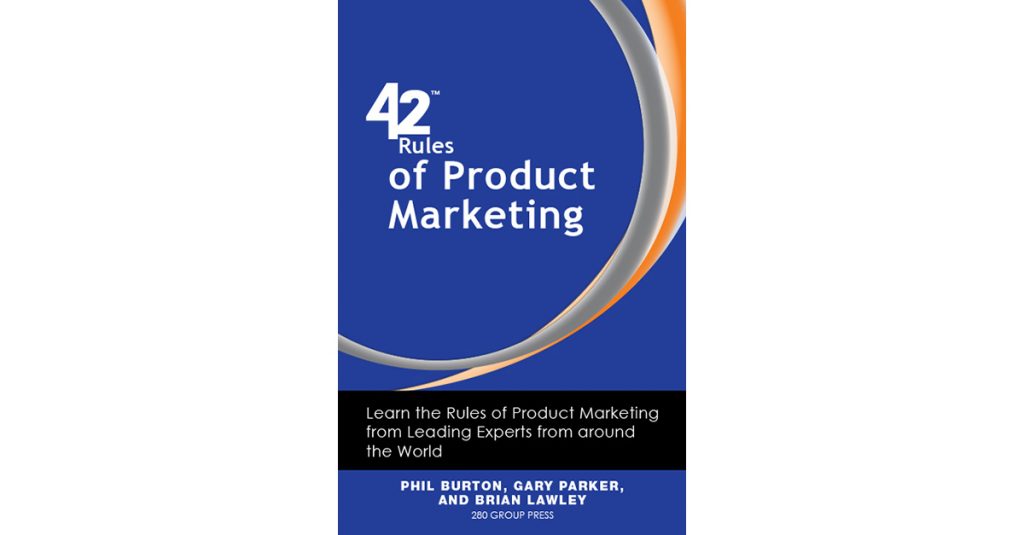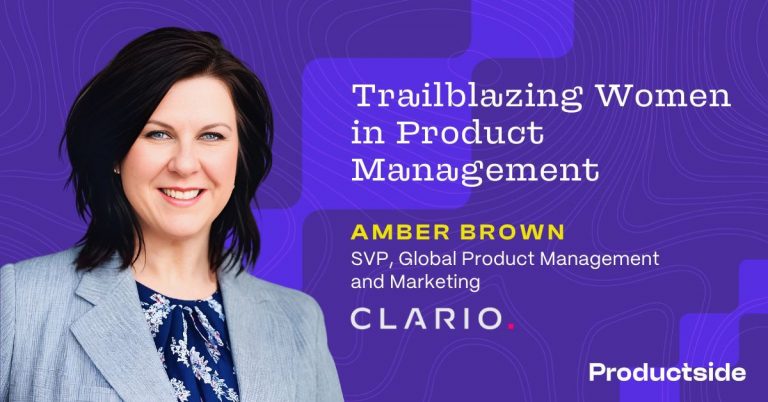
Product Marketing Rule #20 from the best-selling book, 42 Rules of Product Marketing, was written by Christine Heckart, Chief Marketing Officer, NetApp
Before you agree to be measured by leads or pipeline contribution, do the math!
Marketing and sales often use “lead generation” and “demand generation” interchangeably. These terms overlap but point to very different mindsets and results. Leads identify buyers at the right point of the purchase cycle so you can step in and make the sale while demand takes a longer viewpoint by influencing buyers so that consideration of your offering begins before they start to actively search for a solution. Both activities make the sales team more productive.
Leads vs. Demand
Here’s an analogy illustrating the big difference between generating leads and generating demand:
Say you’re a teenager who wants to go to a party Friday night. On Wednesday, you call everyone you know to see if they’re having a party, but learn either there’s no party planned, or you’re not on the invitation list. That random, dialing-for-dollars approach is what lead generation usually is like. Now let’s take the analogy from a demand generation perspective.
You’re the same teenager who wants to go to a party Friday night, but now spends time talking to people who might someday have a party. You nurture relationships who understand you are fun to be around. When they plan a party, they call you to make sure you’re available because your presence is that important to them.
In a business context, lead generation can be anything from buying a list and spamming them with emails, to capturing prospects at trade shows or when they download a white paper, browse your website, or respond to an e-mail campaign. The more targeted the approach, the higher quality the lead. But alone, lead generation is insufficient because it isn’t generating demand.
Demand generation entails talking early and often about who you are, what you do, why you’re better, and when to consider your offering. It means being part of an ongoing conversation, and shaping that conversation in terms you can win. You’ll know you’ve generated demand when prospects contact you at the first articulation of a problem.
Quantity vs. Quality
Every buyer’s journey encompasses multiple touch points. Some are easy to measure —which is fabulous— but many are difficult or impossible to quantify. Usually it’s the combination of all the touches, not any one element, that creates demand and ultimately results in a sale.
I understand lead-generation’s appeal, because it’s measurable; however, not all leads are created equal. Lead generation often devolves into a numbers game. If you ever find a marketing organization generating enough leads to satisfy its channels—or a sales channel happy with the leads it gets—call The Guinness Book of World Records. You’ll be the first!
Before you agree to be measured by leads or pipeline contribution, do the math! Your industry will have a standard ratio of how many leads you need to pour into your sales funnel to generate a certain revenue flow out of the funnel. If you have enough budget to create a material impact on that revenue outflow, then own the objective! If you don’t, then rethink how to leverage your budget for the biggest impact on creating and accelerating sales opportunities.
Generate Demand, Not Leads
Generating demand encompasses many components, including a qualified and interested buyer, but it is not limited to lead generation, and leads are just one way to achieve the revenue goal. For most businesses, quality matters far more than quantity. Never lose sight of this. My point is not to purge lead generation from your marketing toolbox, but prevent you from counting leads as your primary measure of marketing success.
A dollar spent in marketing should make every sales person more effective and efficient and result in customers knowing when to consider your solution, having a basic understanding of your differentiated value, and demonstrating preference for your brand. This is demand generation.
Orienting your marketing efforts to generate demand will create sales leverage, a bigger pipeline, faster close times, and ultimately more revenue, plus some high-quality leads!
Product Marketing Rule #20 from the best-selling book, 42 Rules of Product Marketing


